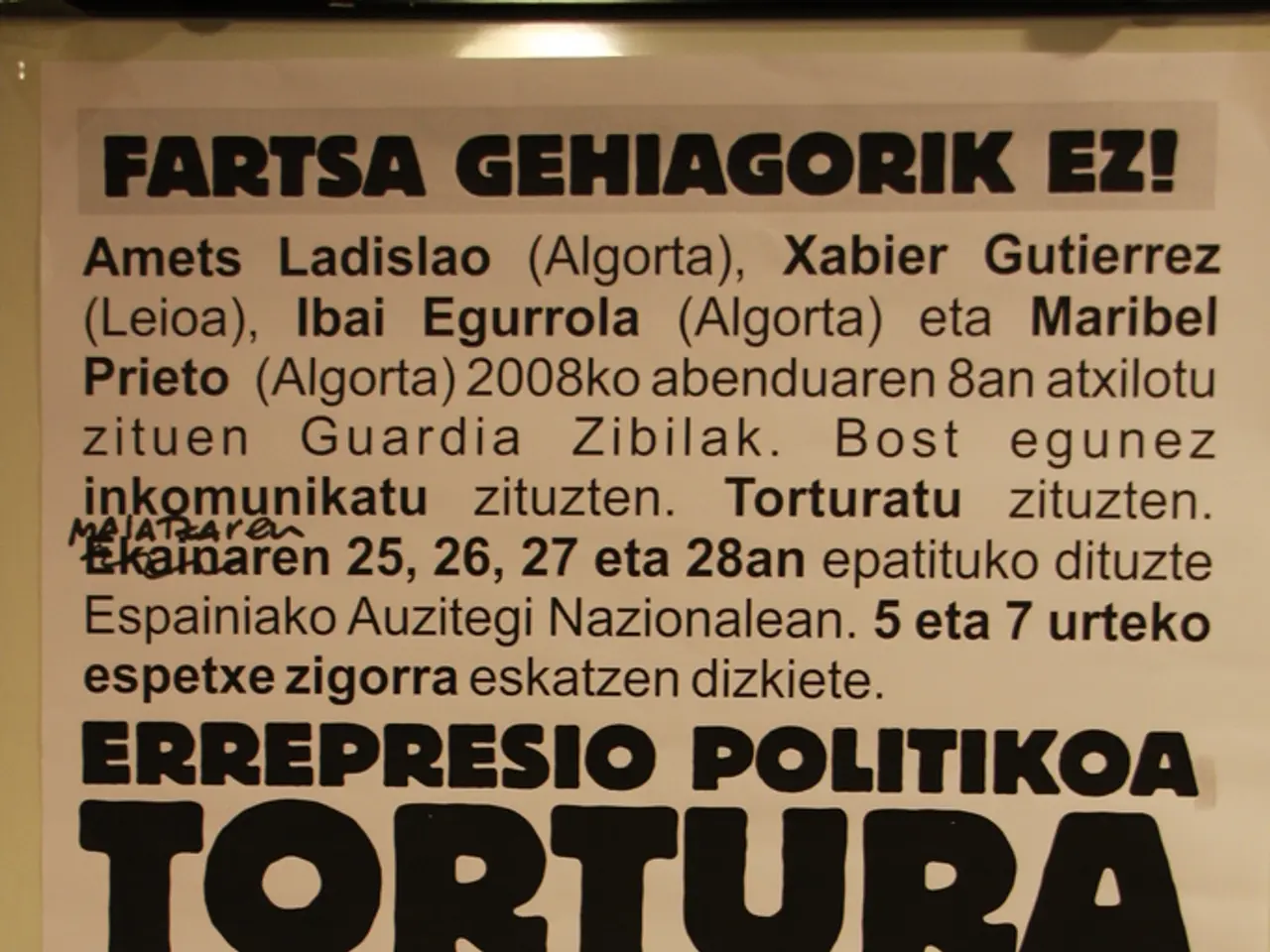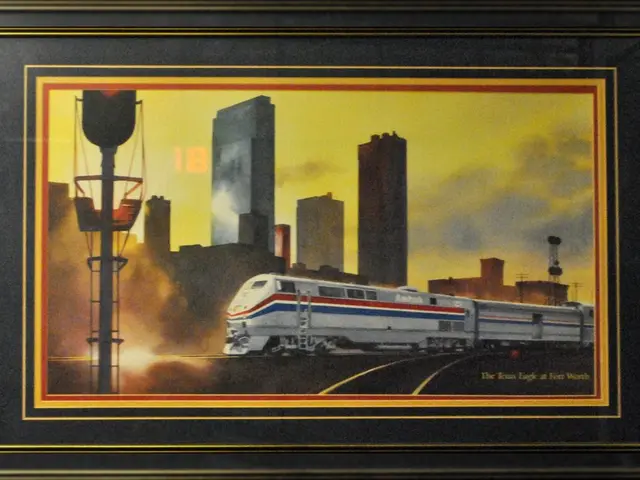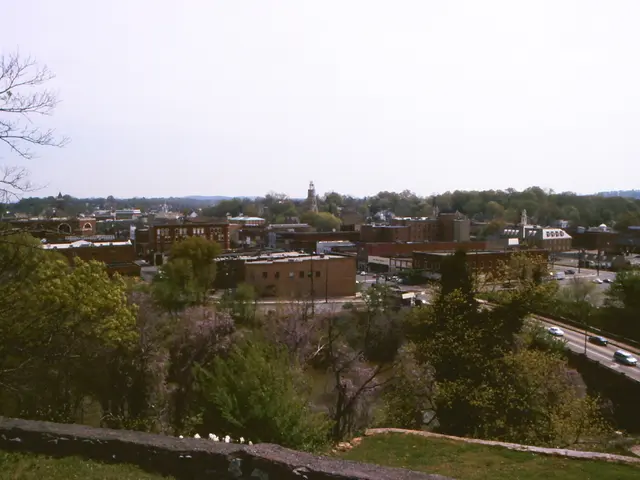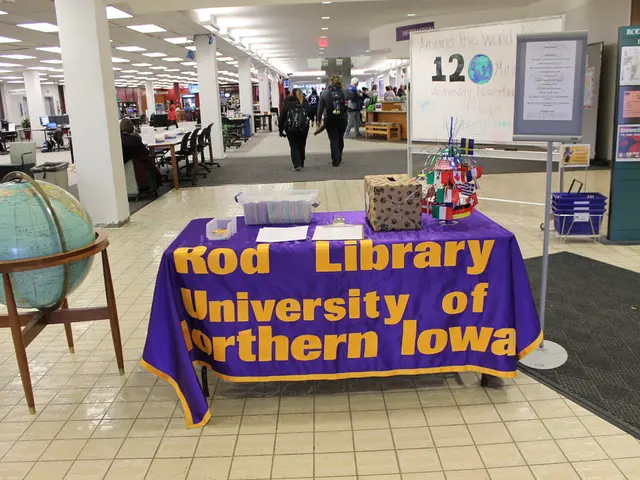Sanfermin 2025 Vocabulary Guide: Survive and Navigate the Festivities
Every July, the city of Pamplona, Spain, transforms into a vibrant hub of tradition, history, and excitement as it hosts the San Fermin festival. This annual event, which honors Saint Fermin, the first bishop and patron saint of Pamplona, has deep roots in the city's history and culture.
The festival, which dates back to the 12th century, initially began as a solemn religious commemoration of Saint Fermin's martyrdom on October 10th. Over the centuries, it absorbed secular elements such as cattle fairs and bullfights, ultimately moving to July 7th to coincide with summer markets and improving conditions for outdoor celebrations. The festival gained its iconic feature, the Running of the Bulls, or *encierro*, in the 17th century.
The terms used during the San Fermin festival encapsulate this rich history. For instance, San Fermín refers to the saint himself and is the namesake of the festival, symbolizing the religious origins and ongoing patronage of the saint for Pamplona. The *encierro* represents the practical origins tied to moving bulls from the countryside to the city's bullring for the afternoon bullfights, and has become emblematic of the festival’s blend of thrill and tradition.
The Pamplona Bullring, inaugurated in 1922, is the destination and focal point for the bulls and runners, playing a key role in the bullfighting aspect of the festival. The festival's international fame was boosted by Ernest Hemingway’s novel *The Sun Also Rises*, which immortalized the event culturally. Today, it has been officially declared a festival of International Tourist Interest, highlighting its importance not only locally but on a global scale.
Throughout the festival, various traditions and terms add to the unique atmosphere. For example, the Chupinazo is a rocket launched from Pamplona's Town Hall to mark the start of the San Fermin festival. The red scarf worn during the festival symbolizes the martyrdom of San Fermin, while the Txoznas are booths set up by societies during the festival.
Other traditions include the Dance of the Threshing Floor performed in the Plaza del Castillo every night of the festival, the Comparsa, which includes large figures of cardboard stone, the Gigantes and Cabezudos, and musical tunes played by bands of pipers and the municipal band of music, known as the Dianas.
Despite some traditions being suspended due to safety concerns, such as the Riau Riau, the San Fermin festival continues to captivate visitors worldwide with its blend of religious homage, local customs, and bullfighting traditions. As the festival kicks off with live coverage of the Chupinazo in 2025, one can only imagine the excitement that awaits. ¡Viva San Fermin! ¡Gora San Fermin!
During the San Fermin festival, the average tourist can expect an immersive experience that blends religious homage, local customs, and traditional events like the Running of the Bulls, or encierro. One can also encounter various significant terms, such as the Chupinazo, a rocket launch marking the start of the festival, and San Fermín, the saint himself and namesake of the event. Additionally, travelers may witness the reflection of fashion-and-beauty and food-and-drink traditions in the vibrant lifestyle of Pamplona, especially during the daily evening Dance of the Threshing Floor performances and various music events.





